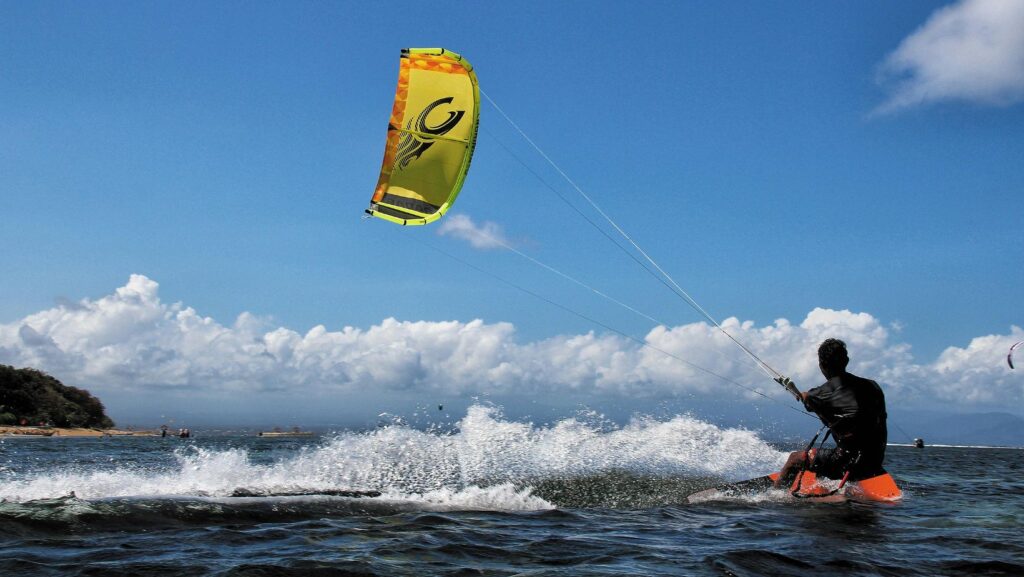Preparing for an aquatic adventure can be an exhilarating experience, blending the thrill of exploration with the serenity of water. Whether you’re planning to dive into the refreshing depths of a lake, embark on a kayaking journey along a winding river, or simply enjoy a day of swimming at the beach, having a solid preparation strategy is essential.
This guide will provide you with vital tips and insights to ensure you have an enjoyable and safe experience in the water. From choosing the right gear to understanding safety protocols, we’ll cover everything you need to know to make your next aquatic adventure a memorable one.
Choosing the Right Gear
Selecting the appropriate gear is crucial for the safety and enjoyment of your aquatic adventure. Depending on the activity you’re engaging in—be it kayaking, scuba diving, or swimming—specific equipment will enhance your experience. For kayaking, a well-fitted life jacket, a lightweight paddle, and a comfortable, waterproof kayak are essential. Diving equipment should include a proper wetsuit to keep you warm and scuba gear that fits correctly to ensure safety underwater.
Additionally, paddleboarders should have a leash and a personal floatation device (PFD) for added protection in case of an emergency. No matter if you ride a sturdy paddle board from Wavestorm or have a high-quality kayak from Perception, the most important thing is to ensure that you have all the necessary gear and that it fits correctly. Also, don’t forget to bring along any necessary accessories, such as water shoes, sunscreen, and a waterproof bag to protect your belongings.
Understanding Safety Protocols
Familiarizing yourself with safety protocols is essential for an enjoyable aquatic adventure. Each activity comes with specific risks, and understanding how to mitigate them can be the difference between a fun experience and a dangerous situation. For example, if you are swimming in open water, always have a buddy with you, and stay within designated swimming areas. Knowing the signs of distress in yourself and others can help prevent accidents before they happen. It’s also advisable to check local weather and water conditions before heading out, as changes in the weather can quickly impact safety.
Knowing Your Limits
Recognizing your limits is a vital aspect of preparing for any aquatic adventure. It’s tempting to push yourself beyond your comfort zone, but knowing when to say “no” can keep you safe. Start with activities that suit your current skill level and gradually increase your challenges over time. For instance, if you’re new to kayaking, consider joining a guided group or opting for calmer waters before tackling rapids or open seas. This progressive approach builds confidence and competence, allowing you to enjoy a sense of achievement without compromising safety.

Listening to your body is equally important during your adventure. Fatigue, cramps, or dizziness are signs that you may need to take a break or cut your activity short. Don’t hesitate to communicate with your companions about how you’re feeling—it’s essential to maintain an open dialogue regarding each person’s comfort levels. The goal of any aquatic experience is to create enjoyable memories, so being honest about your limits helps ensure that everyone has a safe and pleasurable adventure.
Preparing for Environmental Conditions
Understanding and preparing for environmental conditions can significantly influence the success of your aquatic adventure. Weather plays a crucial role, as storms or extreme temperatures can quickly alter conditions. Always check the forecast for the day and plan your outing to avoid inclement weather. If you’re venturing into cold water, wearing thermal gear can help prevent hypothermia. Conversely, hot sunny days necessitate taking precautions against heat exhaustion, such as wearing breathable clothing and taking regular breaks in the shade.
Planning Your Itinerary
Creating a well-thought-out itinerary is crucial for maximizing your aquatic adventure. Start by determining the duration of your trip and mapping out your key activities for each day. This includes scheduling times for departure, breaks, and meals, as well as accounting for travel time to and from each location. Flexibility within your itinerary is essential; unexpected events can occur, and being able to adapt will help enhance your overall experience. Planning for alternate activities in case of changes in weather or conditions can also be beneficial.
Don’t forget to include downtime in your itinerary, allowing everyone to relax and recharge. Time spent simply enjoying the surroundings can be just as important as the planned activities. Sharing your itinerary with friends or family who aren’t joining the adventure can also be a safety measure, ensuring someone knows your whereabouts. By taking the time to plan and communicate your itinerary, you set yourself up for an organized and enjoyable aquatic experience.

Preparation plays a pivotal role in ensuring a safe and enjoyable aquatic adventure. By carefully selecting appropriate gear, understanding safety protocols, recognizing your limits, preparing for environmental conditions, and planning a thoughtful itinerary, you can set the stage for memorable experiences on the water.
Whether you’re a novice or an experienced adventurer, taking the time to equip yourself with knowledge and planning will enhance your enjoyment and confidence. Remember, the key to a successful adventure lies not only in the thrill of exploration but also in the joy of making lasting memories in the great outdoors.


